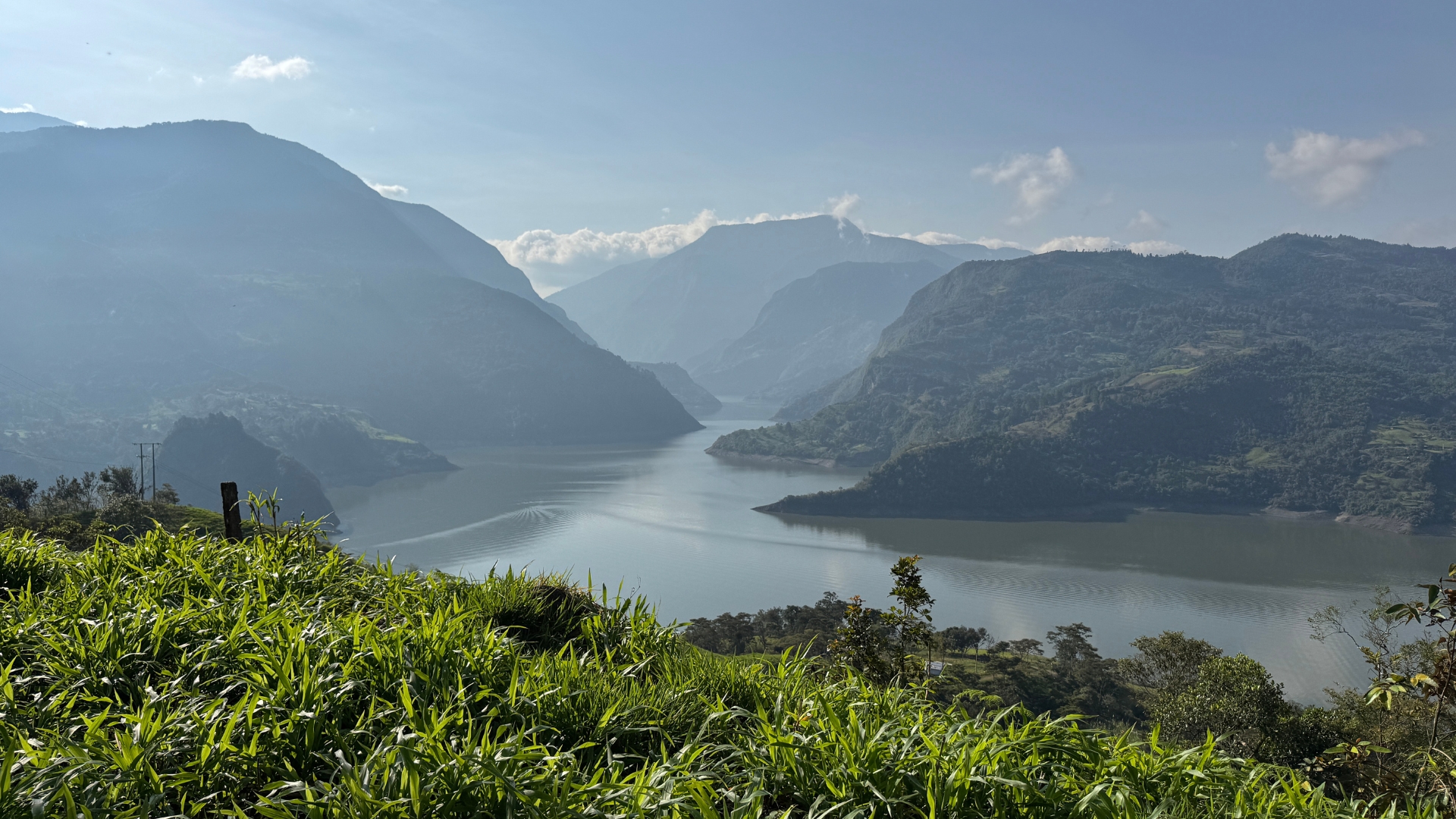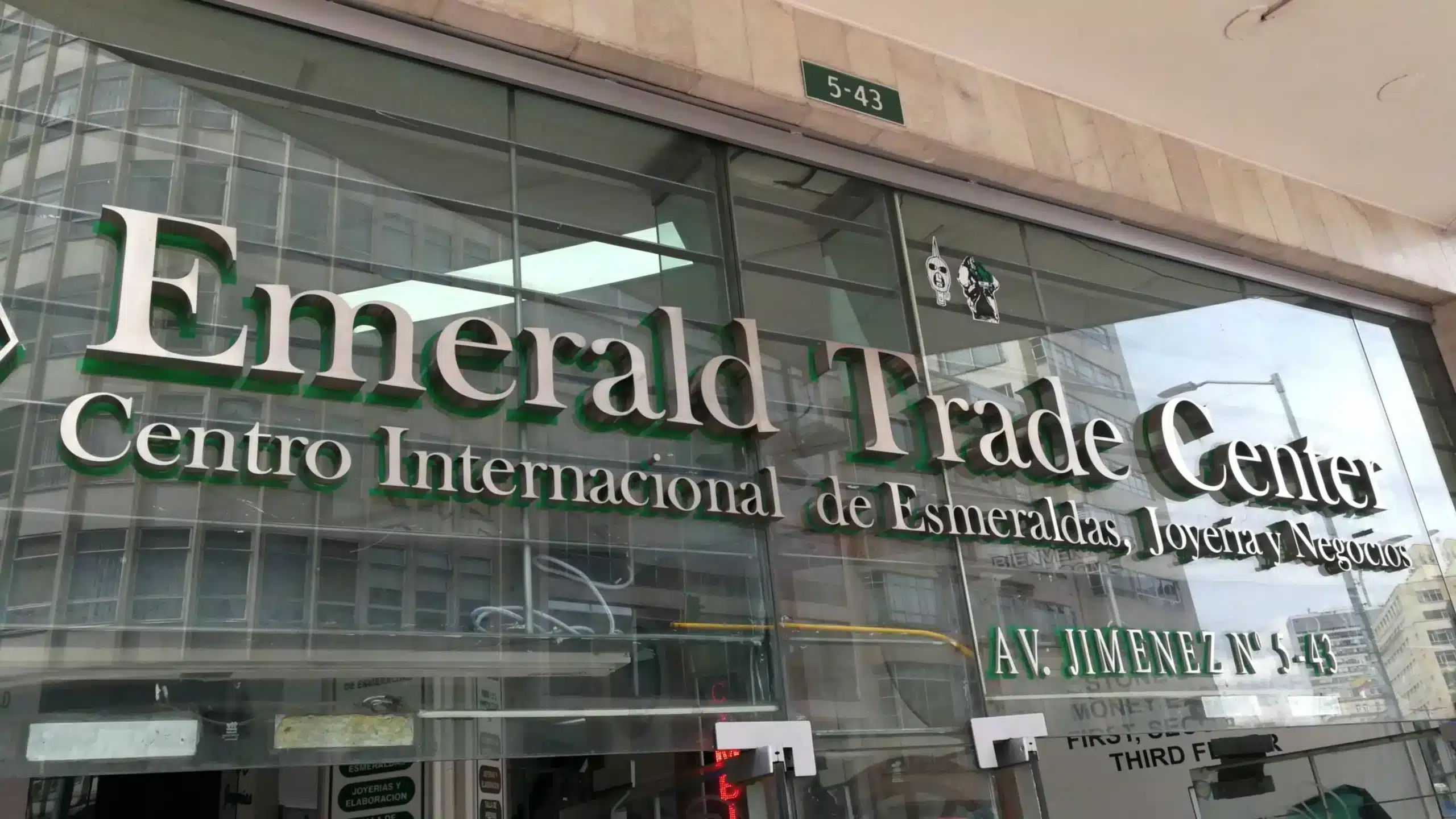Considered the most beautiful in the world, the Colombian emerald has shaped the country’s history and stirred much covetousness. Once marked by rivalry and conflict, mining areas are now undergoing a profound transformation, driven by more sustainable practices and increased regulation. Thanks to international investment and the joint efforts of government and industry players, emerald mining is moving towards greater transparency and social responsibility, while improving working conditions for miners.
Colombia, the country of choice for emeralds, is home to two main mining areas: the western belt, dominated by the Muzo and Coscuez mines, and the eastern belt, home to the famous Chivor and Gachalá deposits. Each of these regions has distinct geological characteristics influencing the color, clarity and structure of the stones extracted.
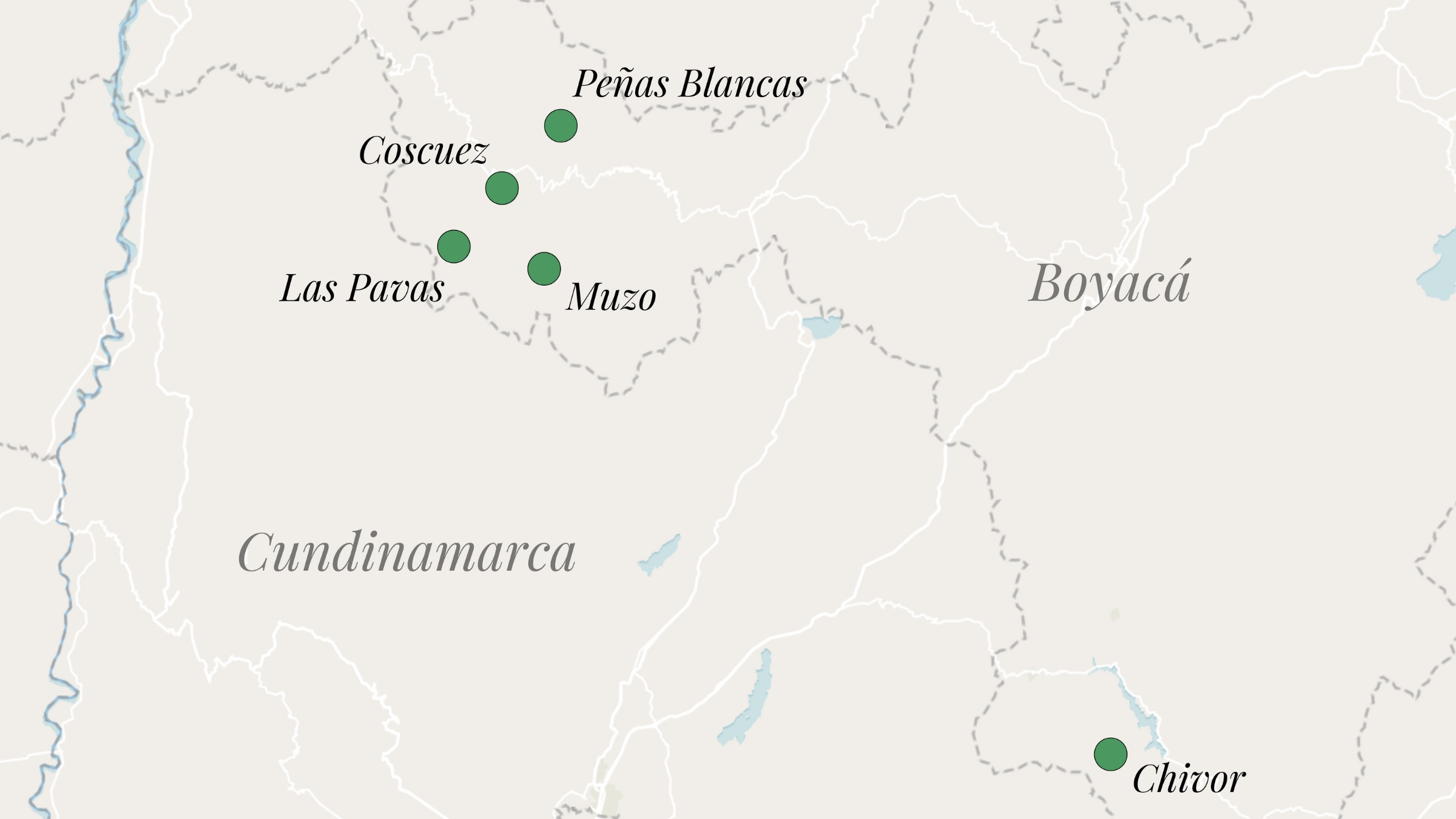
The Western Belt: the emblematic source of Colombian emerald
The western belt stretches between the departments of Boyacá and Cundinamarca, home to the country’s most productive deposits. This region, traversed by the Río Minero and the Río Itoco, is the historic center of Colombian emerald mining.
Muzo is without doubt the country’s most famous and productive emerald mine. Located in the Río Itoco valley, it is renowned for its deep, saturated green stones, coveted by jewelry houses the world over. Coscuez, located near Muzo, is another emblematic Colombian mine. Renowned for the exceptional purity of its stones, it has benefited from major investment in recent years, modernizing its mining methods and adopting a more responsible approach.
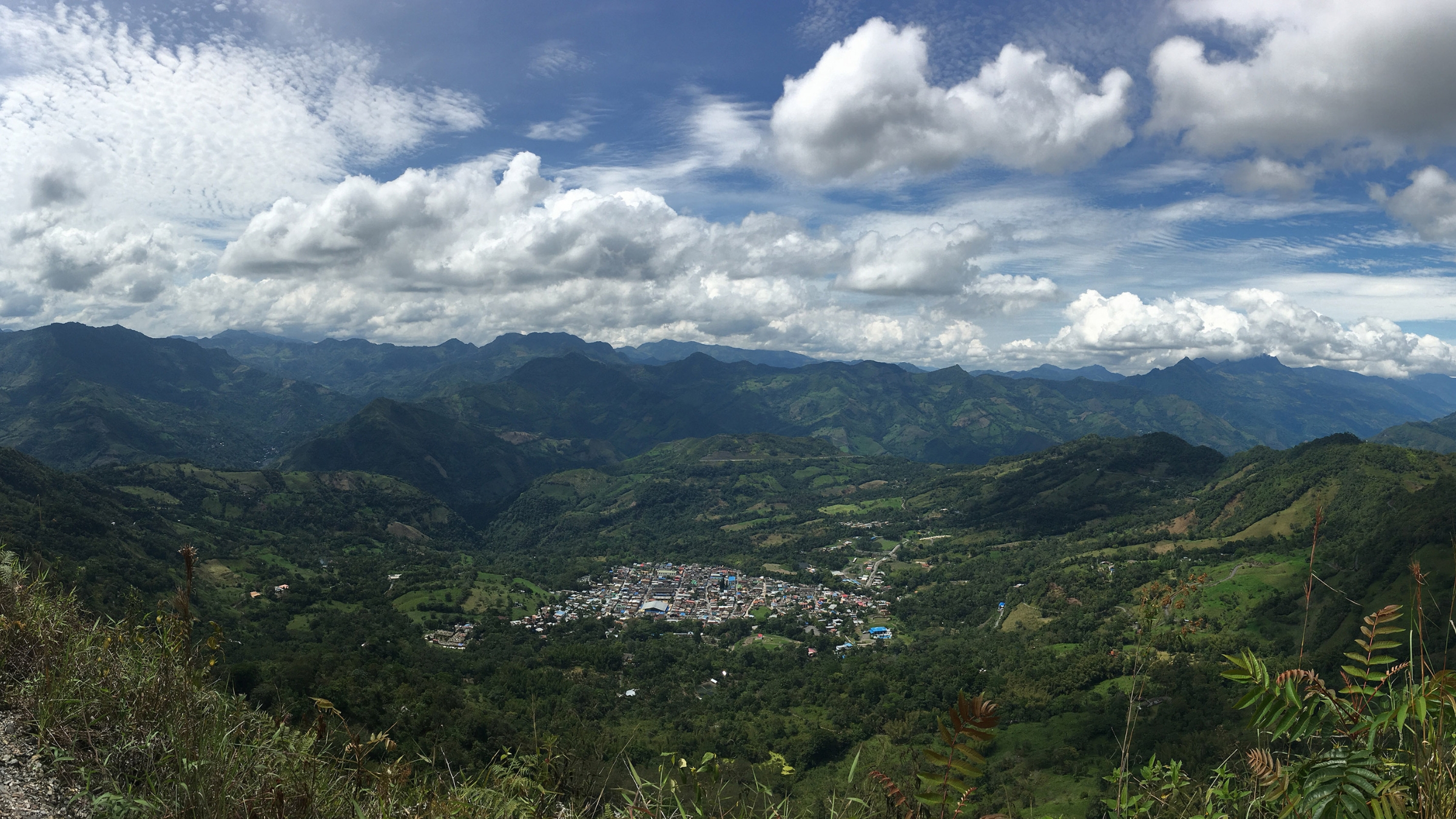
Las Pavas and La Pita are deposits located close to the great historical mines. Although less well known, these mines have produced emeralds of remarkable quality and continue to be exploited by industry players. Peñas Blancas, a more recent and as yet underexploited site, attracts the curiosity of gemology specialists. This site could hold significant emerald resources and is a growing focus of interest for investors in the sector.
Colombian emerald from the Western Belt are particularly prized for their intense color and exceptional saturation. These chromophore-rich stones are distinguished by their incomparable brilliance and rarity on the international market.
The eastern belt: exceptional Colombian emeralds with subtle nuances
Less prolific in volume, the eastern belt stands out for the clarity and finesse of its emeralds. Located to the east of Boyacá and Cundinamarca, this region is perched at higher altitudes and includes several remarkable deposits.
Chivor, perched on a mountainside, is one of the country’s oldest mines. It is famous for its crystalline, slightly bluish emeralds. Gachalá, located not far from Chivor, is famous for having revealed some of the most spectacular emeralds in history, including the famous Gachalá, an exceptional 858-carat crystal preserved at the Smithsonian Institution.
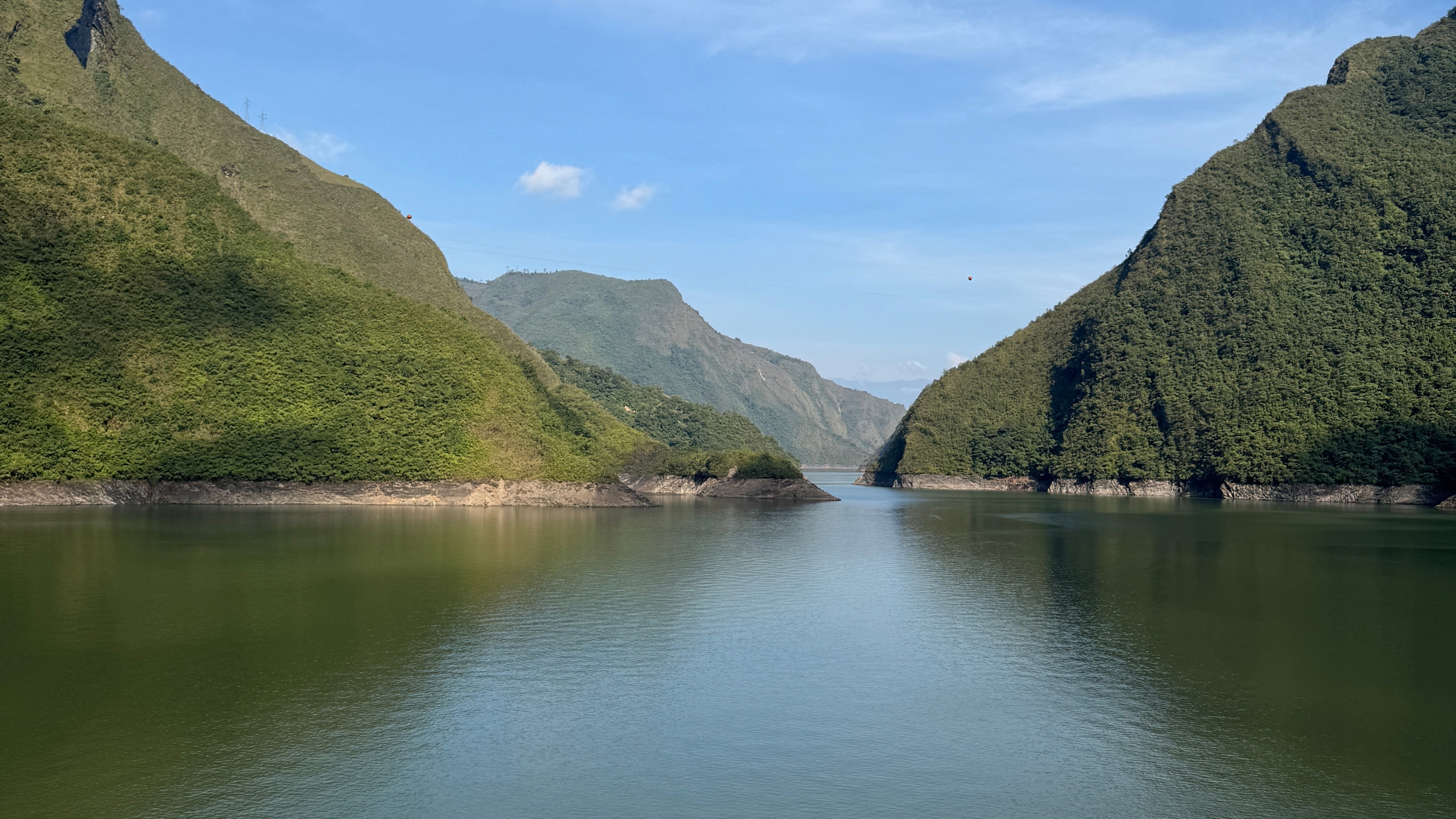
Somondoco and Gualí are two smaller but still active deposits. Their emeralds, renowned for their great clarity, attract connoisseurs in search of pure, luminous stones.
Emeralds from the eastern belt are distinguished by their exceptional crystal structure and cooler, often slightly bluish hues. They are highly sought-after for their clarity and transparency, qualities that are particularly attractive to the Chinese market.
The Colombian emerald industry in the throes of change
Long characterized by artisanal mining, the Colombian emerald industry is gradually modernizing. The introduction of more environmentally-friendly mining technologies and greater supervision of mining concessions are aimed at reconciling profitability and sustainable development. Today, companies such as Muzo Emeralds and Fura Gems are playing a key role in this transition, integrating ethical practices and supporting local communities.
With tighter regulation and greater attention to stone traceability, Colombia is not only a world leader in emeralds, but also a model for the evolution of the mining sector towards greater sustainability and transparency.



